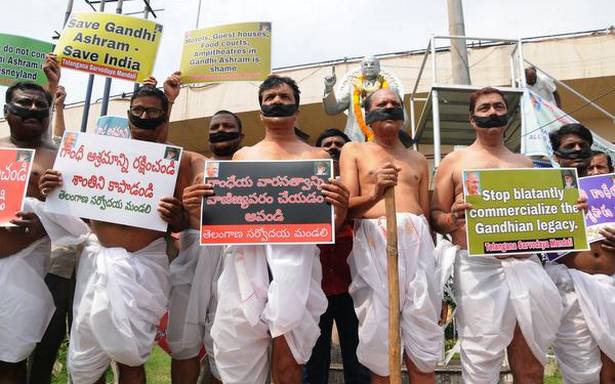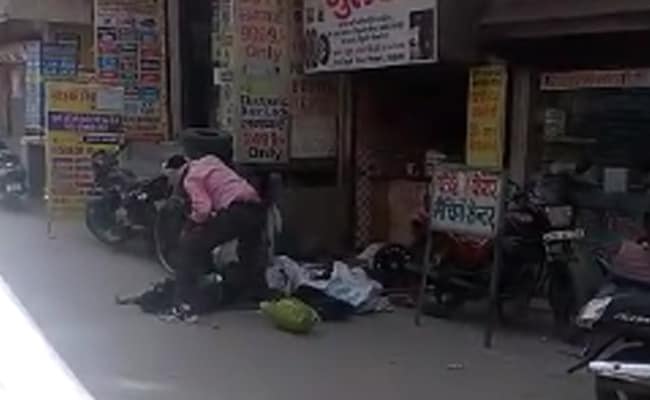Mahatma Gandhi’s great-grandson Tushar Gandhi has moved the Gujarat High Court against the Gujarat government’s ₹1,200-crore plan to redevelop Sabarmati Ashram in Ahmedabad.
In a PIL plea, Mr. Gandhi has challenged the proposal under which the State government has started the process of redevelopment that involves extending its area from five to 55 acres by relocating residents to nearby areas.
He claimed that the redevelopment project proposed was ‘diametrically opposed’ to the personal wishes of Mahatma Gandhi, who set up the ashram and lived there from 1917 to 1930.
Mr. Gandhi has contended that going ahead with the project would lead to the reduction of the shrine and memorial of the freedom movement and turning the ashram into a commercial tourist attraction spot.
Mr. Gandhi also stated that the ashram would be managed by the government and private firms instead of the trust that manages it now.
He has sought cancellation of the Gujarat government’s resolution of March 5 issued by the Industries and Mines Department forming a governing council and an executive council, comprising entirely of government functionaries, for the development of the memorial and its campus.
He feared the project would “reduce the shrine and memorial of our freedom movement that attracts national and international visitors and turn the same into a commercial tourist attraction that would subsequently be pawned off to a private contractor”.
Seeking the court’s intervention, he contended that if the HC did not stay or stop the government’s indulgence, “the entire complex would be ruined and would be turned into a commercial entertainment complex.”
The Gujarat government, though, has maintained that it would not change or alter any building on the ashram campus. All heritage buildings would be restored as per Gandhian ethos.
The government has also maintained that the proposal to redevelop the ashram was not aimed at a takeover but to redevelop it by expanding the areas and creating a minimum infrastructure.




